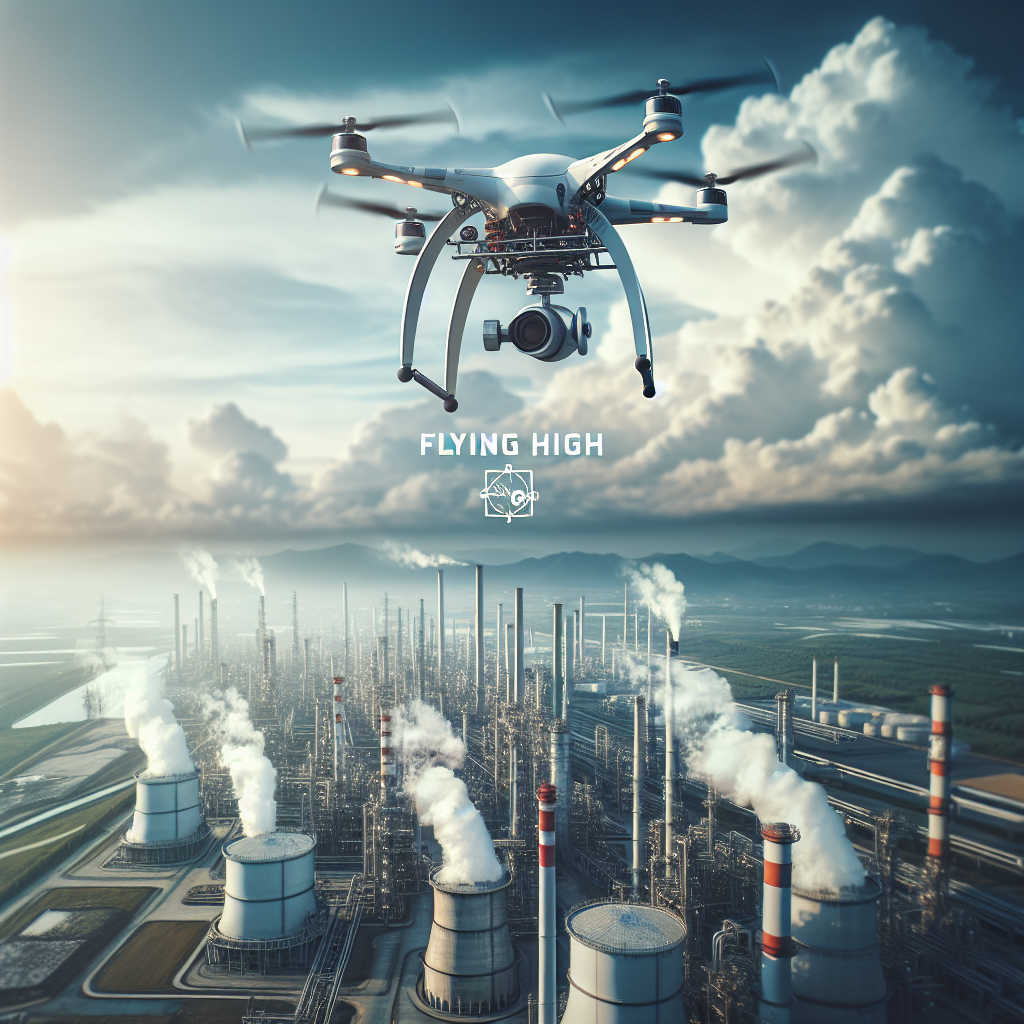In recent years, the use of drones for aerial inspections has become increasingly popular across a variety of industries. From construction sites to agricultural fields to infrastructure projects, drones are being utilized to gather high-quality data and visual imagery efficiently and cost-effectively. With their ability to access hard-to-reach areas and capture detailed views from above, drones offer a multitude of advantages for conducting aerial inspections.
One of the primary advantages of using drones for aerial inspections is their ability to improve safety. By employing drones to conduct inspections of structures or sites that may pose safety risks to workers, companies can reduce the need to send personnel into potentially hazardous environments. Drones can access high altitudes, narrow spaces, and unstable terrains, providing a safer alternative for collecting data and assessing conditions.
Additionally, drones are capable of capturing high-resolution images and video footage, allowing inspectors to gather detailed visual information without the need for physical access to the area being inspected. This level of detail can help identify potential issues or areas of concern that may not be visible from the ground, enabling inspectors to make more informed decisions and recommendations based on accurate and up-to-date data.
Furthermore, drones are incredibly versatile tools that can be equipped with various sensors and cameras to capture a wide range of data, including thermal imaging, LiDAR, and multispectral imagery. This data can be used to analyze and monitor different aspects of a site or structure, such as temperature variations, terrain profiles, and vegetation health, providing valuable insights for inspections and assessments.
Another significant advantage of using drones for aerial inspections is their efficiency and cost-effectiveness. Drones can cover large areas in a fraction of the time it would take traditional inspection methods, reducing the need for manpower and resources. This can result in significant time and cost savings for companies conducting regular inspections or monitoring projects over time.
Moreover, drones offer the ability to conduct inspections in real-time or near real-time, allowing inspectors to quickly identify and respond to issues as they arise. By providing instant access to aerial data and imagery, drones enable companies to make timely decisions and take proactive measures to address problems, ultimately improving overall efficiency and productivity.
In conclusion, the advantages of using drones for aerial inspections are numerous and undeniable. From enhancing safety and gathering detailed visual data to improving efficiency and cost-effectiveness, drones have revolutionized the way inspections are conducted across a wide variety of industries. As technology continues to advance, the capabilities of drones for aerial inspections will only continue to grow, offering even more benefits and opportunities for companies looking to streamline their inspection processes and maximize their results.




